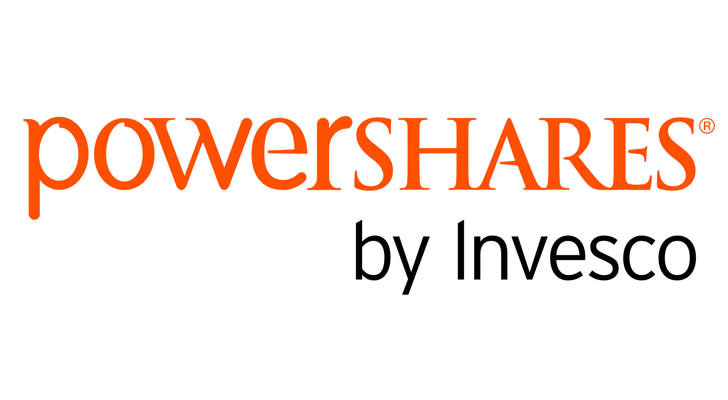3 High-Income ETFs That Yield at Least 9%
For those of you seeking really high-yield exchange-traded funds, this article is for you. Finding dividends above 9% is really challenging, because they either involve companies whose stock prices are falling (and therefore yields rise in turn), or they are leveraged ETFs.
That means they use various derivatives to enhance the returns by a factor of two or even three — doubling or tripling the gain (or loss!) that the same ETF would otherwise deliver.
You just need to be aware that if the market or the investments in these high-yield ETFs turn against you, they will turn against you in a much bigger way, and very quickly as well. I did find two interesting high-yield ETFs that pay more than 9%, however, that offer nice diversification to your portfolio.
InvestorPlace - Stock Market News, Stock Advice & Trading Tips
The trick is that the first one can sting you in a bear market. The second one makes for a nice addition of a non-correlated investment.
High-Yield ETFs to Buy: PowerShares S&P 500 BuyWrite Portfolio (PBP)

The first choice for high-yield ETFs is the PowerShares S&P 500 BuyWrite Portfolio (NYSEARCA:PBP). “Buy-Write” means selling covered calls. That means that the fund will buy stocks in the S&P 500, then sell covered calls against them. That means selling the right for someone else to buy that stock from you at a given price on or before a given date. By selling that right, you collect a fee called a premium.
The concept is that when or if the stock is purchased from you, it has been purchased at a price that is at or below the contract execution price, plus the amount paid for the right to buy the stock. That’s a good deal for the buyer. If the stock price doesn’t close above that contract price, you keep both the stock and the premium.
This ETF benefits from volatility since that drives up premiums. As of this past month, the distribution yield is 10.77%. If the market falls, however, that means it will fall in tandem with the S&P, with slight hedges against that downside in the form of these premiums.
High-Yield ETFs to Buy: PowerShares Global Listed Private Equity Portfolio (PSP)

PowerShares Global Listed Private Equity Portfolio (NYSEARCA:PSP) is the next of the high-yield ETFs, holding a few dozen securities involved in private equity. A private equity fund is one where groups of high net worth investors pool their money and the fund engages in specific and often sophisticated investments in all kinds of securities. These investments are usually high-yield debt with warrants to purchase equity. Some of these funds may not have high net worth individuals but have raised money from debt or an IPO.
These include business development companies, master limited partnerships, and other vehicles. There are even a few companies that are like conglomerates, such as IAC/InterActiveCorp (NYSE:IAC) and Leucadia National Corporation (NYSE:LUK).
Because the underlying private equity firms are earning high yields, they throw off that income to shareholders, including PSP. The fund then takes all those distributions and hands them off to PSP holders. Currently, the distribution rate is 9.52%
High-Yield ETFs to Buy: Etracs Monthly Pay 2X Leveraged Closed-End Fund ETN (CEFL)

The ETRACS Monthly Pay 2x Leveraged Closed-End Fund ETN (NYSEARCA:CEFL) is one of those leveraged funds I mentioned that delivers twice the gains or losses of its underlying funds-of-funds — one that aggregates the top 30 closed-end funds based on a proprietary ranking scheme. That scheme looks at the universe of CEFs, and ranks them by yield (which is 50% of the score), a discount to NAV, and how liquid and highly traded they are.
CEFs are basically static capitalized mutual funds. CEFs raise capital in an initial public offering and then invest that money. That allows them to trade like stocks. Mutual funds, however, trade based on the net asset value of a fund, with no limit on the number of shares issues.
CEFs are designed to invest in very specific arenas, so that the managers hopefully cannot and do not experience “mission creep”.
The yield on CEFL is presently 16.44%.
Lawrence Meyers is the CEO of PDL Capital, a specialty lender focusing on consumer finance and is the Manager of The Liberty Portfolio at www.thelibertyportfolio.com. He does not own any stock mentioned. He has 23 years’ experience in the stock market, and has written more than 2,000 articles on investing. Lawrence Meyers can be reached at TheLibertyPortfolio@gmail.com.
The post 3 High-Income ETFs That Yield at Least 9% appeared first on InvestorPlace.
